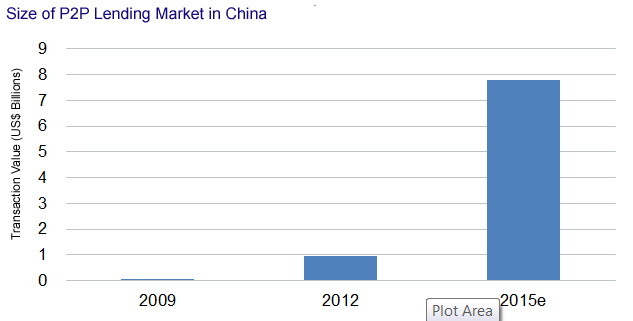The Future of P2P Lending in China
Abstract
The P2P lending market in China has grown from a mere US$30 million in 2009 to US$940 million in 2012, and will reach US$7.8 billion in 2015.
The advent of the Internet has led to the creation of new business models in financial services, especially in the personal and small and medium enterprise segments. A prominent example is AliFinance, which has created new business models in the areas of payments, unsecured loans and risk management by leveraging the Internet.
P2P providers utilize Internet technologies to support transactions, manage risk and price loans. Leaders in this area include CreditEase, PPDAI, and my089.com. Major financial institutions, such as Ping An Group, have also begun P2P loan services. In the report The Future of P2P Lending in China, Celent examines the market size, business model regulations, and trends in this emerging but rapidly growing market.

“The explosive growth of China’s P2P lending market will lead the CBRC to put in place more stringent risk management requirements for P2P providers,” says Hua Zhang, Analyst in Celent’s Asian Financial Services practice. “At the same time, innovation continues. P2P lenders will launch personal financial management products, and leverage technologies such as search engines, social media, and cloud computing to improve credit assessment and risk identification. We even expect P2P providers to enter into partnerships with traditional lenders.”
This report provides an overview of China’s P2P market, profiles the leading P2P providers in China, and examines the industry’s growth potential.

